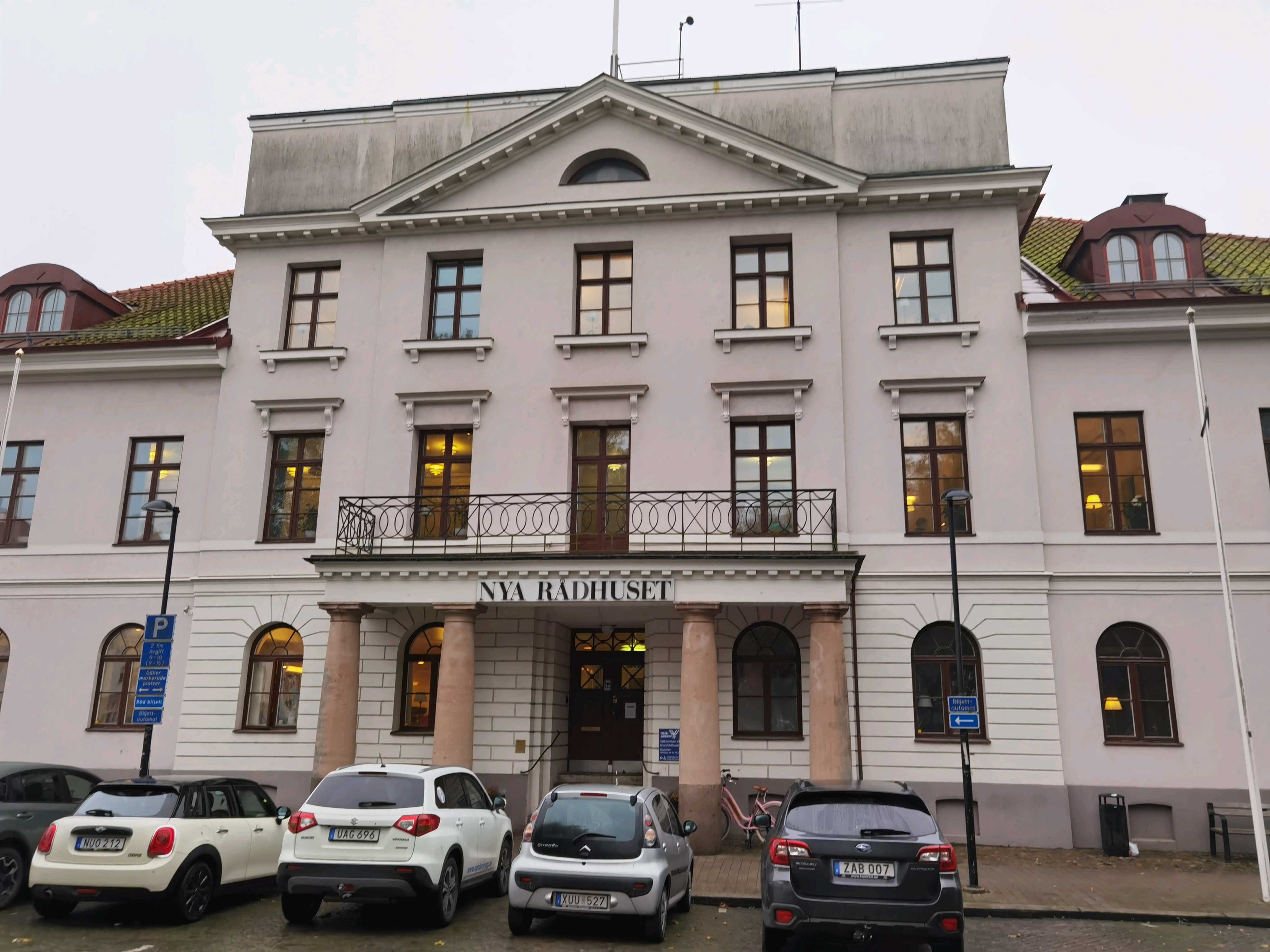Ystad Municipality Rebuilds Infrastructure with a Future-Proof Data Center Solution
Este sitio utiliza cookies. Si continúa navegando en este sitio, acepta nuestro uso de cookies. Lea nuestra política de privacidad>
![]()
Productos, soluciones y servicios empresariales
Located in picturesque Skåne County in southern Sweden, Ystad municipality is home to just over 30,000 people, a number swelled by thousands of visitors each summer. With a growing population and the additional seasonal pressures of tourism, its data center infrastructure was beginning to feel the strain. The goal, therefore, was to update Ystad's aging equipment, to establish a new foundation that matched the municipality's organizational needs, strategy, and Information Technology (IT) capabilities.

Ystad is one of the fastest-growing municipalities in southern Sweden. Forecasts indicate that its population will increase by 17% over the coming decade. Factoring in such growth is a significant factor guiding its IT strategy, given the majority of the municipality's key applications are managed by the IT department. The same department also takes care of IT operations for associated enterprises, including emergency services and publicly owned companies, with a highly skilled IT team and a data center that hosts the majority of core applications.
The municipality was eager to improve its online services, so that it could respond more quickly to citizens' requests and foster a closer, easier relationship. There was an additional need to invest in increased capacity for core applications, to support further digitalization and additional e-government services.
Indeed, with all of the municipality's operations dependent on its IT infrastructure, aging equipment, prone to periods of downtime, threatened to significantly affect services for citizens. Therefore, the municipality is in the habit of updating critical infrastructure approximately every five years. With vital data center hardware components approaching the end of this lifecycle, the legacy data center was increasingly proving unable to support a growing number of users, applications, and — inevitably —data.
The main engine of Ystad's public IT is a virtualized environment based on a VMware platform. This comprises approximately 200 virtual servers, with that number steadily increasing. A few applications that don't fit into the virtual platform, for a range of reasons, still run on dedicated servers, although these are being phased out and replaced as the opportunity arises.
“We have a mixed, hybrid environment, where a large share of the workload is managed by us, on-premises, while we also purchase managed services from external suppliers. Our schools are large users of public cloud services for example, while we run the basic infrastructure,” said Fredrik Nilsson, Ystad's IT operations manager.
This complex IT infrastructure created multiple challenges — mainly related to increasing equipment and service costs, involving multiple vendors — and was beginning to hold back key strategic goals.
The IT department began looking for new servers, and the procurement process was initiated. Already among its existing suppliers , Proact IT Sweden AB — one of Europe's leading independent data center and cloud services provider s — entered a novel proposal and included in it equipment from Huawei, a brand that has recently made significant strides in the data center market.

"The hardware brand name is neither very interesting nor something we take into consideration. Our procurement process was simply about getting a solution that was a good fit for our existing environment and our outlook for the future," said Nilsson.
Indeed, the procurement process clearly showed that Huawei offered the most suitable solution. And in succeeding project steps, storage systems and Storage Area Network (SAN) switches were also updated, again with Huawei proposals an products winning out.
These infrastructure upgrades constituted a significant technological leap, as all conventional storage — using physically rotating disks — was retired. And with the deployment of the Huawei OceanStor Dorado storage platform, Ystad's data center became an all-flash site.
"We have observed significant performance gains compared to the previous storage solution," Nilsson stated.
Huawei and its partner were committed to fully supporting the Ystad IT department and effectively resolved any infrastructure issues that arose. The two teams designed and deployed an optimal infrastructure solution — involving data center infrastructure, Huawei FusionServer 1288H V5, OceanStor SNS2224, and OceanStor Dorado3000 — that any and every requirements.

The IT systems used in public administration, emergency services, and associated companies are now managed from the updated data center platform. This ensures that the municipality's services to citizens function reliably and as they should. The new IT infrastructure can also easily be scaled up as the population grows. With higher performance, reliability, and more elastic scaling, the new data center will meet service needs for the next three to five years.
Ystad experienced significant performance gains with Huawei OceanStor Dorado All-Flash storage. The storage system provides sufficient space for current needs plus the possibility of easy, rapid capacity expansion, as required. Furthermore, Ystad now has an easy-to-manage data storage solution that won't add to the IT workload as data volumes soar. Finally, the implementation of the solution also resulted in a significant reduction in the time that staff need to spend on daily operations.
Ystad realized significant, quantifiable improvements once the data center infrastructure update was made, with room to meet the demands of continued population growth, as well as support further digitalization of public services. The municipality is now confident that it is compliant with the latest industry standards while maintaining a hybrid environment, where the majority of core applications are managed on-premises.